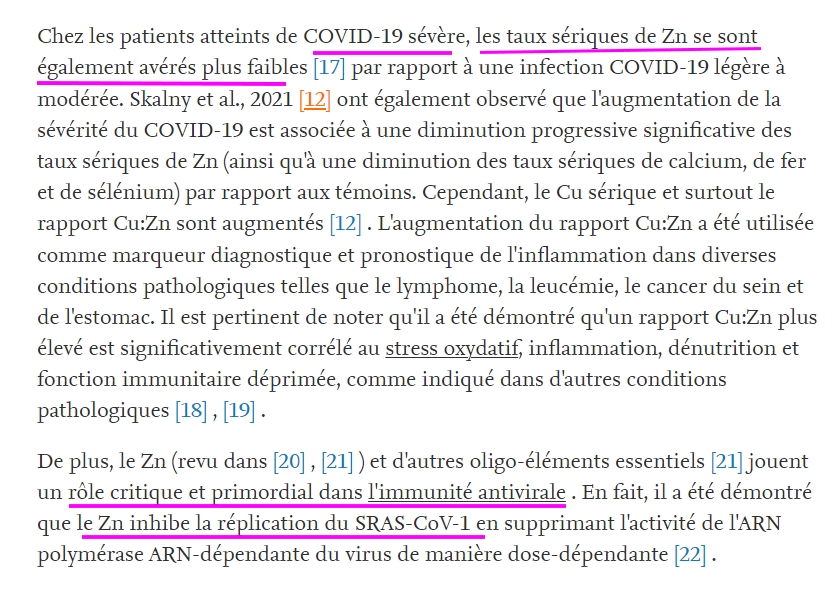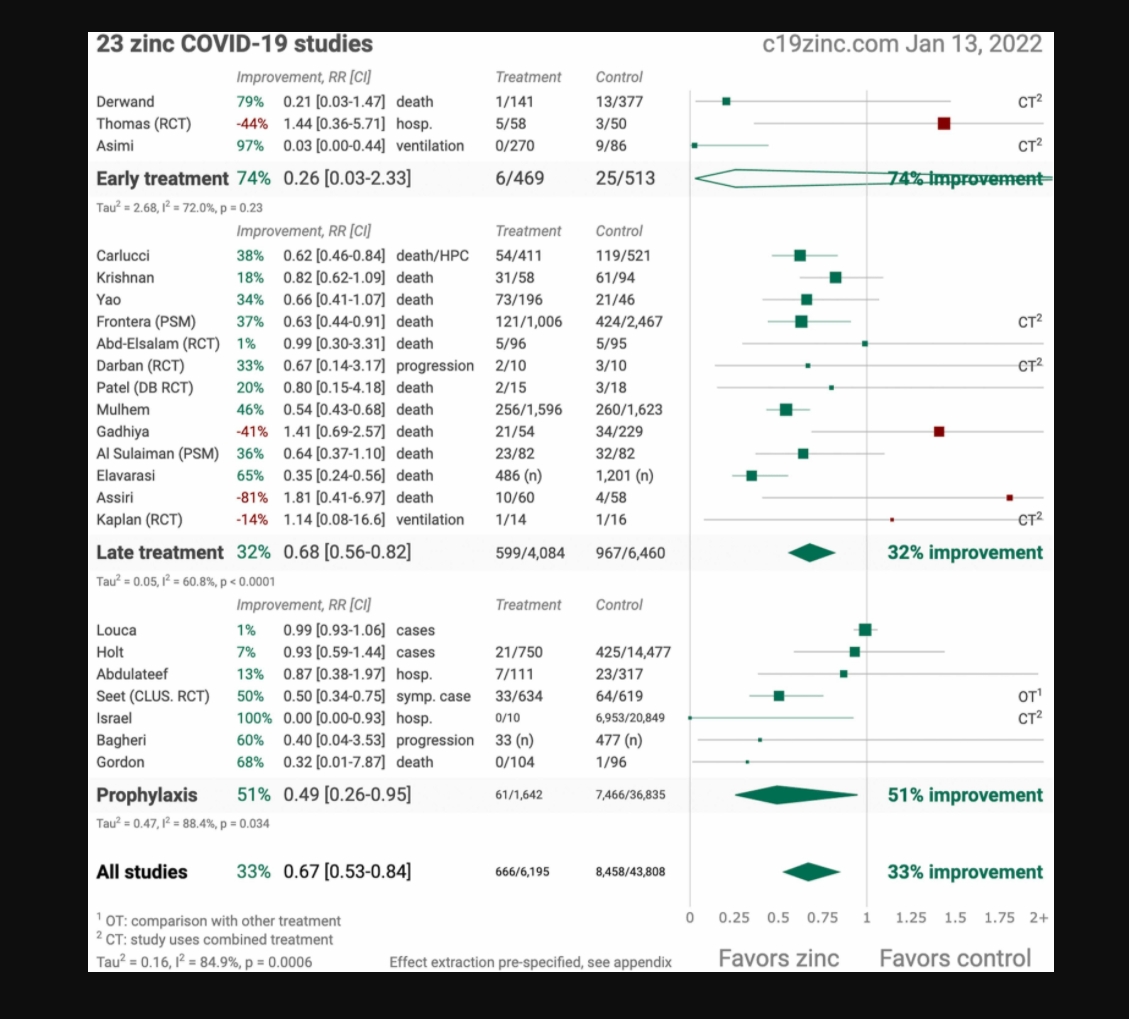Evaluation of zinc, copper, and Cu:Zn ratio in serum, and their implications in the course of COVID-19
Irena D.Ivanova Journal of Trace Elements in Medicine and Biology Volume 71, May 2022, 126944
Background
The dynamics of essential metals such as Copper (Cu) and Zinc (Zn) may be associated with the novel coronavirus disease 2019 (COVID-19) that has spread across the globe.
Objectives
The aim of this study is to investigate the relationship between serum levels of Cu and Zn, as well as the Cu:Zn ratio in the acute phase of COVID-19 along with the assessment of their connection to other laboratory parameters (hematological, biochemical, hemostatic).
Methods
Serum levels of Cu and Zn were measured by atomic absorption spectrometry in 75 patients in the acute COVID-19 phase and were compared with those of 22 COVID-19 patients evaluated three months after the acute phase of the disease (‘non-acute’ group) and with those of 68 healthy individuals.
Results
In comparison with both the non-acute patients and the healthy controls, the acute patients had lower levels of hemoglobulin and albumin, and higher levels of glucose, creatinine, liver transaminases, C-reactive protein (CRP), and higher values of the neutrophils to lymphocytes ratio (NLR) at the hospital admission. They also exhibited increased levels of Cu and decreased of Zn, well represented by the Cu:Zn ratio which was higher in the acute patients than in both non-acute patients (p = 0.001) and healthy controls (p < 0.001), with no statistical difference between the last two groups. The Cu:Zn ratio (log scale) positively correlated with CRP (log scale; r = 0.581, p < 0.001) and NLR (r = 0.436, p = 0.003).
Conclusion
Current results demonstrate that abnormal dynamics of Cu and Zn levels in serum occur early during the course of COVID-19 disease, and are mainly associated with the inflammation response.















